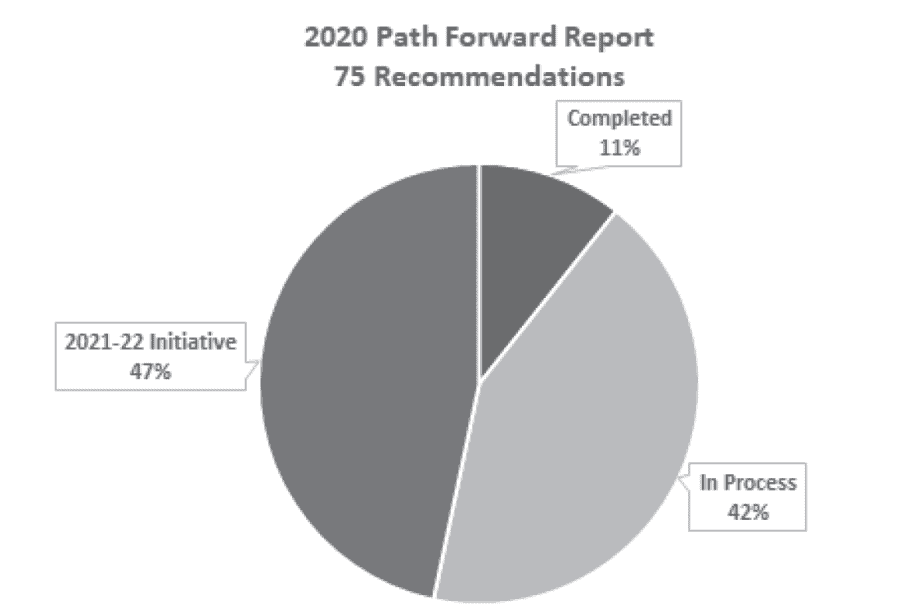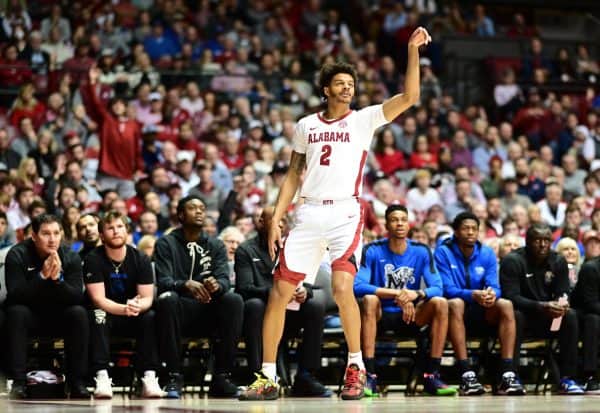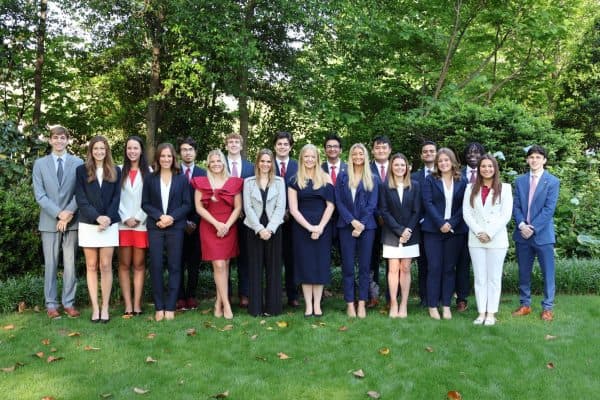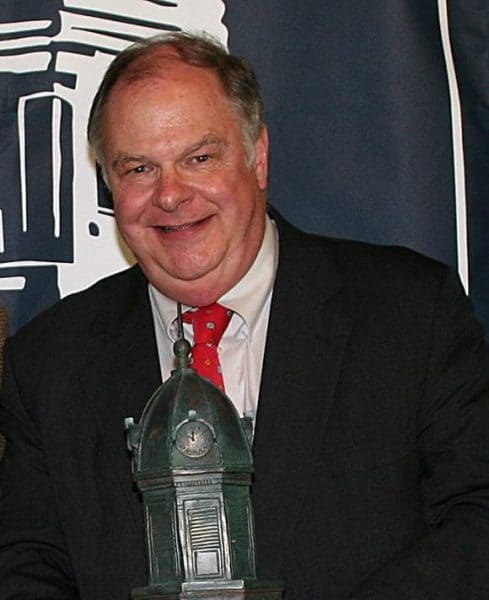‘An open and welcoming space’: How UA is prioritizing diversity, equity and inclusion
February 2, 2022
The University of Alabama’s Division of Diversity, Equity and Inclusion provides leadership for the advancement of inclusiveness in learning environments, programs, workforce and strategic partnerships.
The division has four primary goals: recruit, retain and graduate more diverse students; recruit, retain and promote more diverse faculty and staff; build a more inclusive and welcoming campus environment; and develop a more culturally competent campus community.
Since joining the University in August 2017, G. Christine Taylor, the vice president and associate provost for Diversity, Equity and Inclusion, has stressed the importance of intentionality in improving student diversity at the University.
“I’m really excited about the opportunities that we all have here at The University of Alabama to create a campus that is much more welcoming and inclusive and that allows an opportunity to unlearn some things and to relearn other important things,” Taylor said.
Taylor’s office has a number of ongoing campus efforts to reach out to students and staff.
Diversity, Equity and Inclusion spaces and events
The professionally staffed Intercultural Diversity Center moved to a central location in The University of Alabama Student Center in 2020. The center serves as a hub for cultural learning, teaching and sharing. Before then, there was no central location for the center.
Taylor said the Intercultural Diversity Center is “first of all a space that is for the University of Alabama, all students, all faculty, and all staff.”
“It may find itself often populated with diverse students but it’s an open and welcoming space for everyone,” Taylor said. “The way we describe it is as a place for cultural learning, cultural teaching, and cultural sharing.”
Events at the Intercultural Diversity Center include Diversity, Coffee and Conversations. Programs are tied to the commemorative month currently being celebrated.
Parnab Das is a doctoral candidate in the College of Engineering.
“It’s very beneficial for me as an international student on campus, because I get to know other people domestic as well as international, learn from them, their culture, their thoughts and perspectives,” Das said. “Sometimes we discuss things like religion, faith, science, world politics, societal barriers, sexualities and all those things.”
During Native American Heritage Month, a colleague from another campus who was Navajo joined via Zoom and discussed her experience.
The meetings are open to faculty, staff and students with upcoming dates for spring 2022: Feb.1, March 1, April 5 and May 3.
An initiative that provided a quantitative outcome to its success involved “Creating a More Welcoming Campus Community.” From September 2020 to March 2021, the Intercultural Diversity Center had 1,392 visitors, four watch party series, 11 social justice movie series, three virtual cooking demonstrations and 86 program partnerships with other departments and student organizations, among other events.
The theme for this year’s Black History Month in February is Black health and wellness.
“For each of our commemorative months, we try to make the first Tuesday event something that is educational and that people may not know about,” Taylor said. “We also build in time for people to share about the programs that they are doing or find ways to collaborate.”
Incident Reporting
The Division of Diversity, Equity and Inclusion also provides five methods of incident reporting for students who face discrimination on campus: the hate and bias hotline at 205-348-BIAS, the hate and bias reporting form, the Title IX information to report allegations of sexual misconduct, the student conduct reporting options, and the equal opportunity, nondiscriminiation and disability reporting tool.
Incident reports go to a central space where they are parsed out depending on the details of the incident.
“If someone finds themself experiencing a hate crime, we don’t want [students] out there experiencing and not reporting. Students need to make sure that they report — and that’s anything, because we cannot respond to things we do not know about,” Taylor said.
The Path Forward Report
In 2020, Taylor spearheaded the Path Forward Report, which includes 75 strategies for recruiting, retaining and graduating more diverse students, faculty and staff and creating a more welcoming campus community. There are four primary measurable qualities of success: minority enrollment, minority student retention rates, minority student graduation rates and a minority faculty headcount.
In May 2021, the University released a “Path Forward Progress Update.” The update indicated the status of each goal as “completed,” “in-process,” or “to become a 2021-22 initiative;” an update for each section with highlighted examples and an overall progress update for each strategy.
The progress update was split into several categories. Regarding “Recruiting, Retaining and Graduating More Diverse Students,” a key outcome involved the Multicultural Visitation Program. This program provided a means of working collaboratively with Enrollment Management and the Academic Diversity Council. The first program was held in October 2020.
“Recruiting and Retaining More Diverse Faculty and Staff” is primarily focused on building infrastructure that will positively impact hiring procedures for new faculty. The outcomes were opportunities at the Higher Education Recruitment Consortium as well as support for faculty and staff to attend the 9th Annual Faculty Women of Color in the Academy Virtual Conference.
The entire 2020 Path Forward Progress Update (75 total recommendations) showed a completion percentage of 11% with 42% in-process. This also included an additional 47% of the recommendations that are part of the 2021-22 initiative plan.
Future goals
One of Taylor’s major goals for next year is to plan speaking engagements and other events so professors can utilize them better.
“They can then build them into their syllabus. I think it would change our planning model and I think that is an important thing to do so that we can really be able to know what all sides are doing and allow people adequate time to plan. That’s one of my big goals in that we end up with a much more robust and preplanned calendar with as many of the major DEI events that we have occurring on this campus and share at the beginning of the academic year.”
In addition to the Division of Diversity, Equity and Inclusion there are several college-based efforts. The College of Communication and Information Sciences provides an updated diversity plan that was approved by the faculty and staff in April 2019.
Multicultural Engineering Program
The Multicultural Engineering Program was established in May 1987 through a joint grant from the National Action Council for Minorities in Engineering and the Alfred P. Sloan Foundation. As a founding member institution of the Southeastern Consortium for Minorities in Engineering, the University has continued its long-term commitment to the pre-college effort.
The Multicultural Engineering Program strategic plan has three goals that seek to support students at all levels in the College of Engineering. These three goals are to increase the enrollment of academically qualified students from underrepresented populations, to develop comprehensive support services that ensure graduation success and to promote a diverse community that encourages a career in engineering or computer science.
Lisa Nicole Smith, the director of the Multicultural Engineering program and the manager for diversity, equity and inclusion for the College of Engineering, has over 16 years of experience in the recruitment and retention of highly desired, diverse populations.
Smith reiterated these goals when discussing 2022.
“Our goal is to continue to be a safe haven for students from all over,” Smith said. “The program has been reinvigorated over the past year and continues to grow and expand in popularity.”
Smith said that the biggest initiative that has occurred since coming to the University in early 2021 “has been the creation of the center.”
The Multicultural Engineering Program can be found in Hardaway Hall rooms 172-175. Smith said the space was made to be “accommodating to students in order to be a place where students want to come and feel comfortable.” This included a deep clean, painting the walls and buying furniture.
“I think the biggest impact that we have is showing students of color that they are not alone,” Smith said. “There are 4,754 undergraduate students in the College of Engineering. Of this total number of undergraduate students, 415 of them identify as African American (8.7%), 205 identify as Latino/Hispanic (4.3%), 10 identify as American Indian (0.2%), 125 identify as Asian (2.6%), 255 identify as nonresident alien (5.4%) and 167 identify as 2 or more races (3.5%). Within these demographics, 34 additional students chose not to disclose (0.7%). This is all compared to the contrast of 3,537 that identify as white (74.4%). We realized when looking at numbers like this that spaces like [the multicultural center] are completely necessary and are appropriate because what we want to do is to foster a community and make sure that students understand that they are not alone.”
This story was published in the Justice Edition. View the complete issue here.
Questions? Email the News desk at [email protected].











